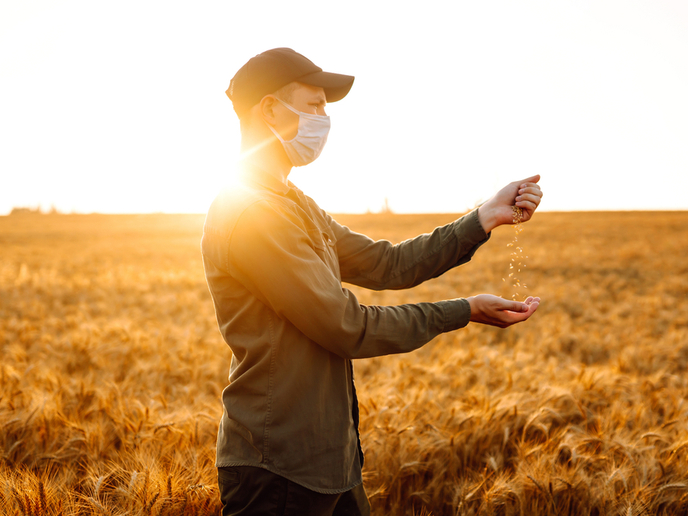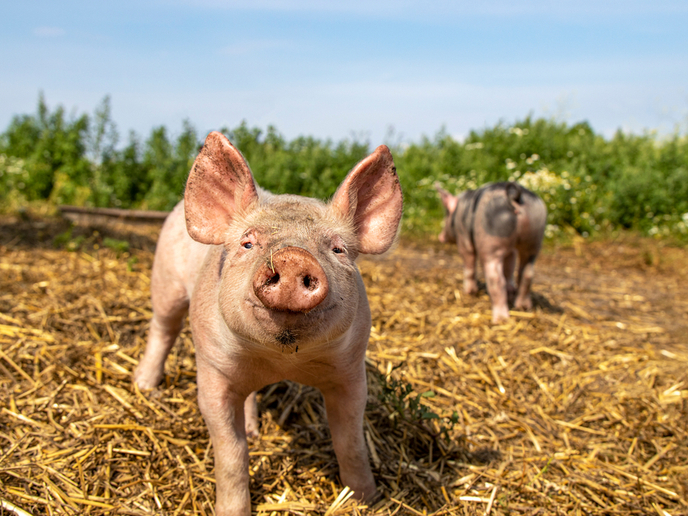Reducing mycotoxin contamination in food and feed
Mycotoxins, compounds produced by microscopic fungi, are harmful to humans and animals, causing illnesses ranging from acute poisoning to immune deficiency and some cancers. They can infect plants throughout the growth cycle, and contaminate crops during storage. Through infected feed, mycotoxins can also contaminate animal products such as milk, eggs and meat. A recent study confirmed the Food and Agriculture Organization’s (FAO) 1985 estimate that mycotoxin contamination was present in 25 % of food crops globally. Improved analytical methods suggest that occurrence below detectable levels has likely been underestimated. The EU-supported MycoKey project, building on the previous MYCORED project, developed new procedures and tools to reduce mycotoxin contamination in fields, feed and post-harvest supply chains. “As introducing safer crops at the start of the food chain reduces health risks, we prioritised more environmentally friendly prevention, and faster detection, of mycotoxin contamination in the field,” explains Antonio F. Logrieco, project coordinator of MycoKey and director of the Institute of Sciences of Food Production at the National Research Council in Italy. “We also developed solutions for further along the food and feed process.”
New supply chain solutions
MycoKey primarily selected cereals for study such as barley, maize and wheat, along with some dried fruits and grapes. The project concentrated on the mycotoxins of particular concern to regulatory authorities – aflatoxins, deoxynivalenol, fumonisins, T-2 and HT-2 toxins, zearalenone and ochratoxin A. The team successfully tested biocontrol strategies using non-toxigenic microorganisms introduced in wheat and maize chains in the EU and China. These biocontrol agents successfully reduced deoxynivalenol accumulation in wheat by 69 % to 85 % and in the case of maize reduced aflatoxin by 98 % to 100 %. The team also created a prototype decision support system, available through an open-source app, to predict mycotoxin occurrence in some crops. This was supported by monitoring tools, including rapid multi-mycotoxin detection in cereal dust. Samples from this device can be analysed on-site by strip testing, or sent to a lab for mass spectrometry assessment. For contaminated harvests, improved cleaning technologies were developed for use in sorting machinery. Industrial-scale cleaning used in the Grain Plus mechanical separator reduced aflatoxin in maize by up to 100 %. Additionally, the team developed a yeast-based fermentation process, to produce biogas and bioethanol from contaminated batches. For contaminated feed, bentonites were tested as detoxifying agents with industry partners Laviosa and Lesaffre. The bentonites mixed with feed absorb the mycotoxins, reducing their bioavailability. “Using these biocontrol agents, treatments and tools, farmers have sustainable solutions in line with the Farm to Fork Strategy,” says Logrieco.
Safe food regulation
While good agronomic practices – such as tillage, resistant plant varieties and fungicides – can mitigate mycotoxin contamination, climate change has resulted in more toxigenic fungi that can overcome plant resistance and fungicides. MycoKey supports the European Green Deal by adapting agronomic practices to reduce the use of agricultural chemicals. The project has also set up links with scientific groups working on mycotoxins in China, which have been of increasing concern to European authorities given the importation of Chinese crops. “MycoKey has provided new information – for example about toxicokinetics and modified forms of deoxynivalenol, zearalenone and aflatoxin – that can help EU food safety regulators and support industry in adapting their food processes,” adds Logrieco. MycoKey’s results will now also be used in other food safety projects, for example as input for mapping exercises in the EU-supported FoodSafety4EU project, and input for training in MycoTWIN.
Keywords
MycoKey, mycotoxin, food, contamination, crops, wheat, maize, feed, bentonites, barley







